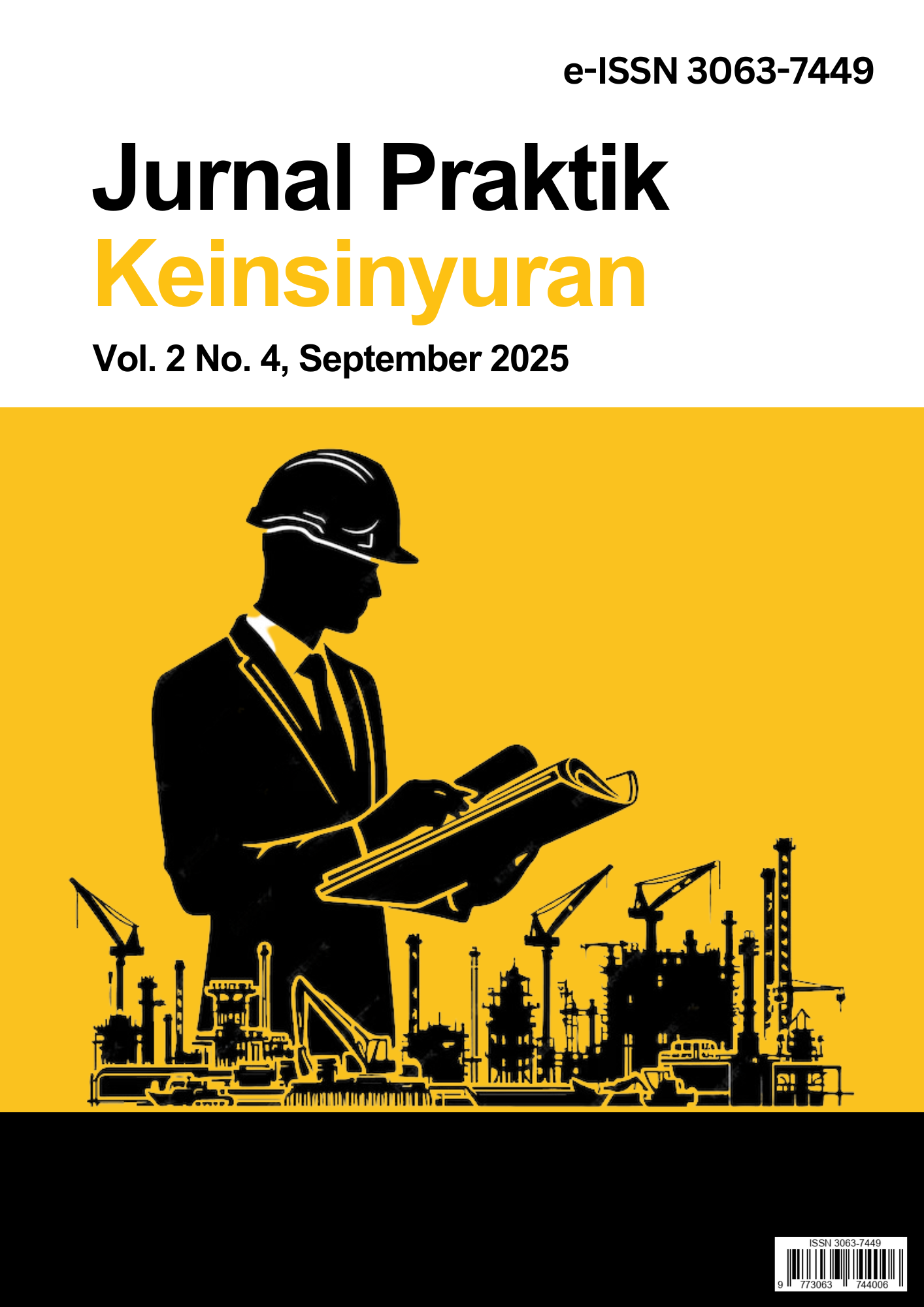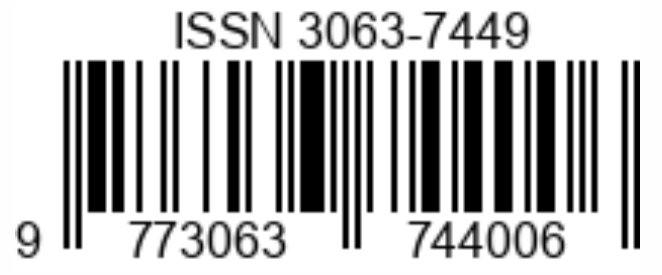The Measurement of 6500K E27 LED Lamp’s Light Intensity
DOI:
https://doi.org/10.25170/jpk.v2i04.6711Keywords:
BH1750, Light Intensity, Sensor, Lux Meter, LED LampAbstract
This paper discusses a light intensity test on a 6500K, Cool Daylight type, 9W E27 Light-Emitting Diodes (LED), that does not have any Internet of Things (IoT) features or additional sensors, using an Arduino GY-302 BH1750 sensor and two lux meters. Research was conducted in several steps on 35 lamps to observe and identify an interesting phenomenon related to the quality of light produced by these lamps. Experiment shows that a lamp with a high light flux does not necessarily produce high light intensity. This study also demonstrates that a diffusing globe on the lux meter makes the reading results different.
References
Bano, T. B., Widagda, I. G. A., Trisnawati, N. L. P., Wibawa, I. M. S., Putra, I. K., & Sandi, I. N. (2024). Perancangan Alat Ukur Intensitas Cahaya menggunakan Sensor BH1750 Berbasis Mikrokontroler ATMega328P. Kappa Journal, 8(1): 95–101.
Bhattarai, T., Ebong, A., & Raja, M. (2024). A Review of Light-Emitting Diodes and Ultraviolet Light-Emitting Diodes and Their Applications. Photonics, 11(6): 491. https://doi.org/10.3390/photonics11060491
Indonesia LED Market Report by Product Type (Panel Lights, Down Lights, Street Lights, Tube Lights, Bulbs, and Others), Application (Commercial, Residential, Institutional, Industrial), Installation Type (New Installation, Retrofit Installation), and Region 2025-2033. (2024). IMARC Group. Diakses tanggal 10 Februari 2025.
Lathifah, M. F., & Doyan, A. (2022). Arduino-Based Light Intensity Measurement. Amplitudo, 1(1): 26–28.
Nanda, R. A., Karyadi, & Dewadi, F. M. (2022). Pengukuran Intensitas Cahaya Menggunakan Sensor BH-1750 Berbasis Mikrokontroler: Studi Kawasan Kampus UBP Karawang. Praxis, 5(1):74-81.
Opel, D. R., Hagstrom, E., Pace, A. K., Sisto, K., Hirano-Ali, S. A., Desai, S., & Swan, J. (2015). Light-emitting Diodes: A Brief Review and Clinical Experience. The Journal of Clinical and Aesthetic Dermatology, 8(6): 36–44.
Pamungkas, M., Hafiddudin, H., & Rohmah, Y. S. (2015). Perancangan dan Realisasi Alat Pengukur Intensitas Cahaya. ELKOMIKA: Jurnal Teknik Energi Elektrik, Teknik Telekomunikasi, & Teknik Elektronika, 3(2), 120. https://doi.org/10.26760/elkomika.v3i2.120
Sahu, Y. (2024, October). Indonesia LED Market Outlook to 2028. Ken Research.
Shiddiqy, M. I. A., & Sunardi. (2024). Performance Analysis of LDR, Photodiode, and BH1750 Sensors for Sunlight Intensity Measurement in Open Areas. SIMPLE - Signal and Image Processing Letters, 6(1): 11–26.
Tajudeen, F. P., Jaafar, N. I., Sulaiman, A., & Moghavvemi, S. (2020). Light Emitting Diode (LED) Usage in Organizations: Impact on Environmental and Economic Performance. Sustainability, 12(20): 8642-8661. https://doi.org/10.3390/su12208642
Trinity, L. (2020). Arduino Programming - A Step by Step Guide to Learn Arduino Programming for Absolute Beginners: 39-50
Wijaya, N. H., & Sutrimo, S. (2020). Lux Meter as A Measuring Instrument for Operating Lamp Light Intensity Based on Arduino Uno R3. Jurnal Ecotipe (Electronic, Control, Telecommunication, Information, and Power Engineering), 8(1):




